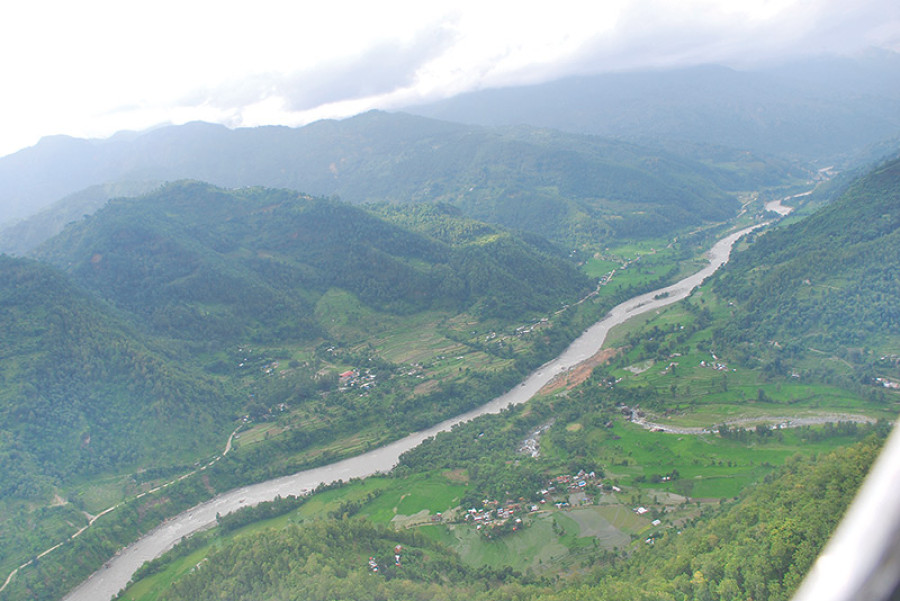Money
Budhi Gandaki hydro to compensate landowners in 2nd phase soon
Budhi Gandaki Hydropower Project is all set to start the second phase of programme to provide compensation to residents of Dhading and Gorkha districts affected by the 1,200-megawatt project.
Hariharsingh Rathore
Budhi Gandaki Hydropower Project is all set to start the second phase of programme to provide compensation to residents of Dhading and Gorkha districts affected by the 1,200-megawatt project.
A list of landowners who will receive compensation in the second phase is expected to be published by Sunday.
The national pride project is expected to affect over 8,000 households in Dhading and Gorkha districts.
The reservoir of the storage project will submerge 3,560 houses and partially affect 4,557 households. The government has decided to provide compensation ranging from Rs524,000 to Rs835,000 for each ropani of land that locals relinquish for the project.
However, compensation for land located in commercial hubs of Arughat and Khahare Bazaar has not been fixed yet.
In the first phase of compensation distribution programme launched in the last fiscal year, owners of around 8,000 ropanis of land had received compensation.
In the second phase, the project intends to compensate owners of 11,478 plots of land in Dhading and 11,462 plots of land in Gorkha. These land plots are located at Jyamrung and Chainpur villages in Dhading district, and Fujel, Namjung and Bungkot villages in Gorkha district.
A sum of Rs10 billion has already been released by the government to compensate landowners under the second phase of programme, according to Project Coordinator Krishna Karki. “We will also use savings of Rs340 million made from last fiscal year’s compensation distribution programme to compensate landowners,” Karki said. “If we work at this speed, we will be able to compensate all landowners within mid-July.”
Karki also informed that the project has identified 44 locations where 3,560 households that will be displaced by the project can be resettled. Earlier, people living in the vicinity of Arughat in Gorkha had warned to boycott upcoming provincial and federal elections if the government delayed the process of extending compensation to them. They had complained that the ban imposed on transaction of land
selected for the hydro project had prevented them from selling the plots or pledging the asset as collateral to obtain loans.
The land to be acquired by the project has been classified into five categories by the government: paddy field, small farmland, land in market area, land adjoining a road and land near human settlements.
Paddy fields and small farmlands have been further classified into four grades, with the first grade commanding the highest compensation amount.
On top of the compensation fixed by the committee, it is offering 15 percent extra to those who own less than 5 ropanis of land, and 10 percent extra to those who own less than 10 ropanis of land.
The government in May had hired China Gezhouba Group Corporation (CGGC) to build the mega project under the engineering, procurement, construction and finance (EPCF) model.
However, parliamentary committees later directed the government to scrap the decision to hand over the project to CGGC. The committee had said the government had breached the Public Procurement Act, as the contractor was selected without initiating a competitive bidding process.
Based on this decision, the government earlier this week revoked the agreement with the Chinese company. It is not yet known how the government intends to build the project.
The project is touted as the key to making Nepal self-reliant in energy generation and paving the way for the country to become net exporter of electricity.




 14.12°C Kathmandu
14.12°C Kathmandu















